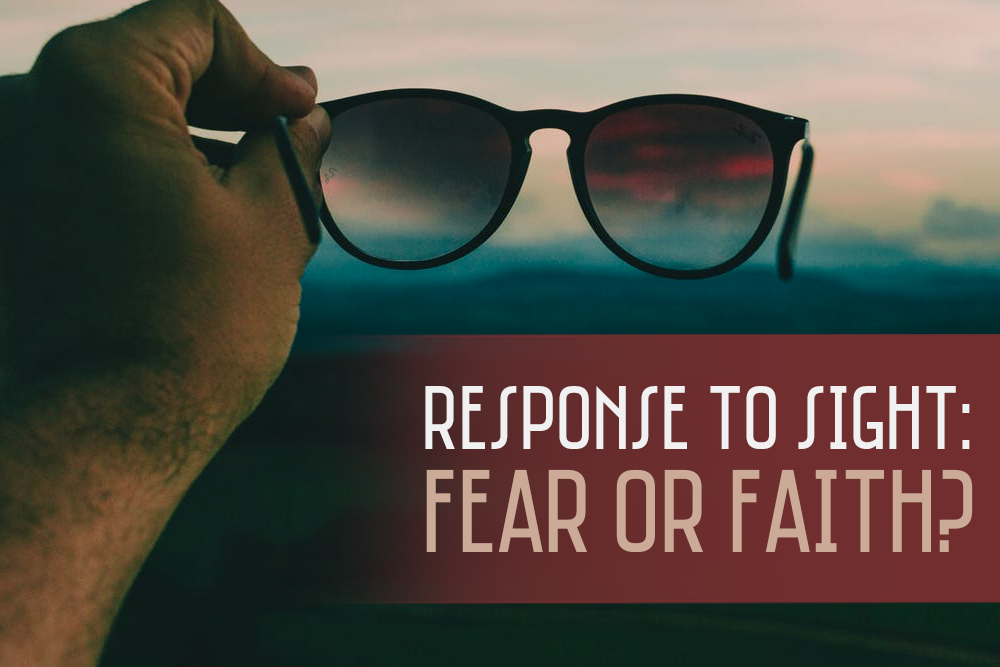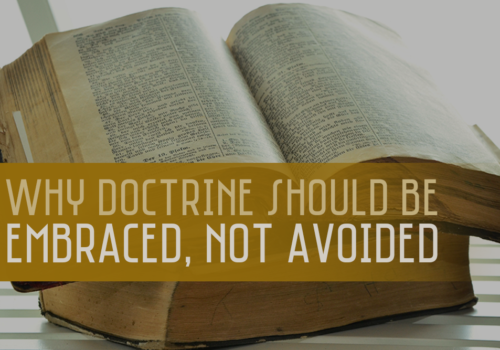As Israel was preparing to conquer the land, Moses exhorts them to neither fear (afraid, KJV) nor dread (affrighted, KJV) in Deuteronomy 7:16-21.
It is revealing that he uses two different words to describe this emotion: “afraid” (yare) and “affrighted” (arats).
Fear may start in the mind, but when it moves into the heart (“If you say in your heart…”) it then produces a visible response—dread (trembling). This response is produced because the heart is the seat of our actions (see Mark 7:21; Luke 6:45).
Thus, Moses is saying don’t let what you see, the strength and size of your enemy, bring fear to your heart.
For if it does, you will respond with dread.
Rather, let what you see bring faith to your heart and strength as your response. Why? The God who delivered you from Egypt will continue to give you victory.
In the New Testament Paul encouraged Timothy against fear as well:
“For God hath not given us the spirit of fear; but of power, and of love, and of a sound mind” (2 Timothy 1:7 KJV).
Timothy may not have been facing the physical foes of the armies in Canaan as did Israel, but as the pastor in Ephesus, he faced great battles with resident spirits (see Acts 19; Ephesians 6:11-12). And the encouragement was similar—don’t let fear move from your mind to your heart.
As intelligent beings we will see things that will register fear and concern in our minds and that is okay. But it is vitally important that we bring those thoughts into the captivity of Christ in order to respond in faith (see 2 Corinthians 10:5).



